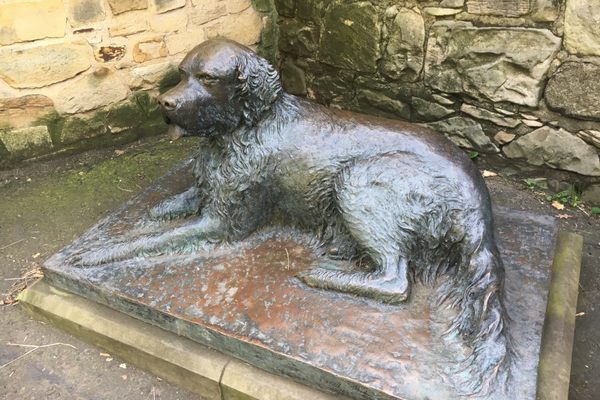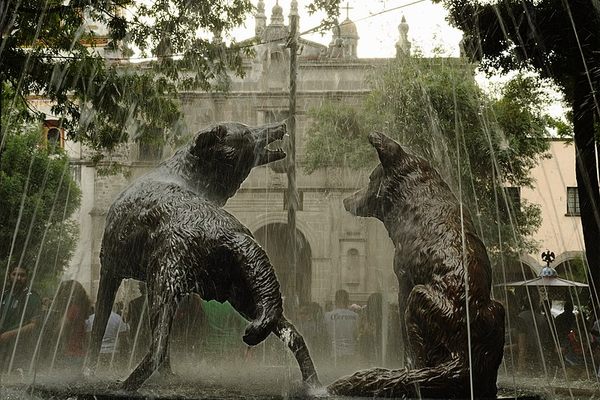About
The meticulously manicured, somewhat hidden Garden of Diana at the Château de Fontainebleau was named for its iconic statue of Diana, the Roman goddess of the hunt, which is a replica of the ancient version King Henry IV received from the Pope.
Château de Fontainebleau was originally a royal hunting lodge, making the fountain and the garden a fitting nod to the lavish estate’s medieval roots. The statue of the goddess is accompanied by a pack of stately dogs whose somber faces make them appear as though they aren’t too pleased to be permanently mid-pee.
The original fountain gained fairly widespread recognition and admiration. After it was relocated to the Louvre in the 1600s, a replica was installed, which included the addition of the stag heads and stern-looking dogs. Getting the dogs to continually urinate was a significant feat of hydraulic engineering. Because of how bronze tends to age when exposed to the elements, the hounds and their counterparts have turned green.
The quaint Garden of Diana was designed during Henry IV’s reign. It was originally a private garden for the King and Queen. The landscape was first cultivated in the classic Italian and French styles, which aimed to draw attention to the fountains and statues scattered throughout the ground. It has since adopted a more picturesque English style. It’s a small, intimate spot where one can go and reflect upon the rich royal history that’s heavily intertwined with the tendrils of potted plants and stately trees.
Related Tags
Know Before You Go
The GPS coordinates and address lead to the palace.
Published
September 11, 2017
Sources
- http://www.musee-chateau-fontainebleau.fr/The-Jardin-de-Diane?lang=en
- http://www.musee-chateau-fontainebleau.fr/The-Jardin-de-Diane,427?lang=en
- https://www.nytimes.com/2016/10/02/travel/fontainebleau-france-architecture.html
- https://en.wikipedia.org/wiki/Palace_of_Fontainebleau#Garden_of_Diana
- https://en.wikipedia.org/wiki/Diana_of_Versailles
































